Lares
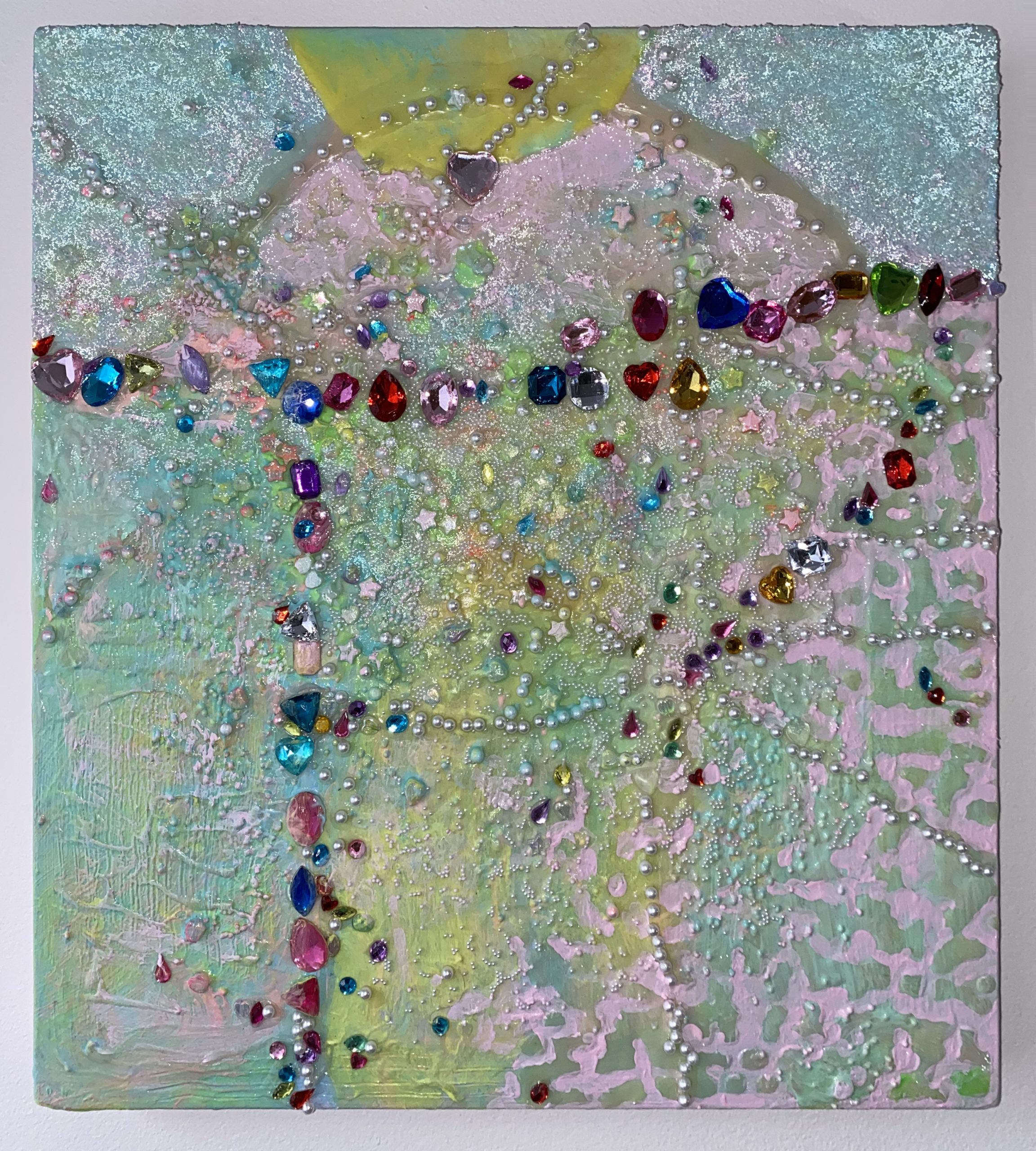
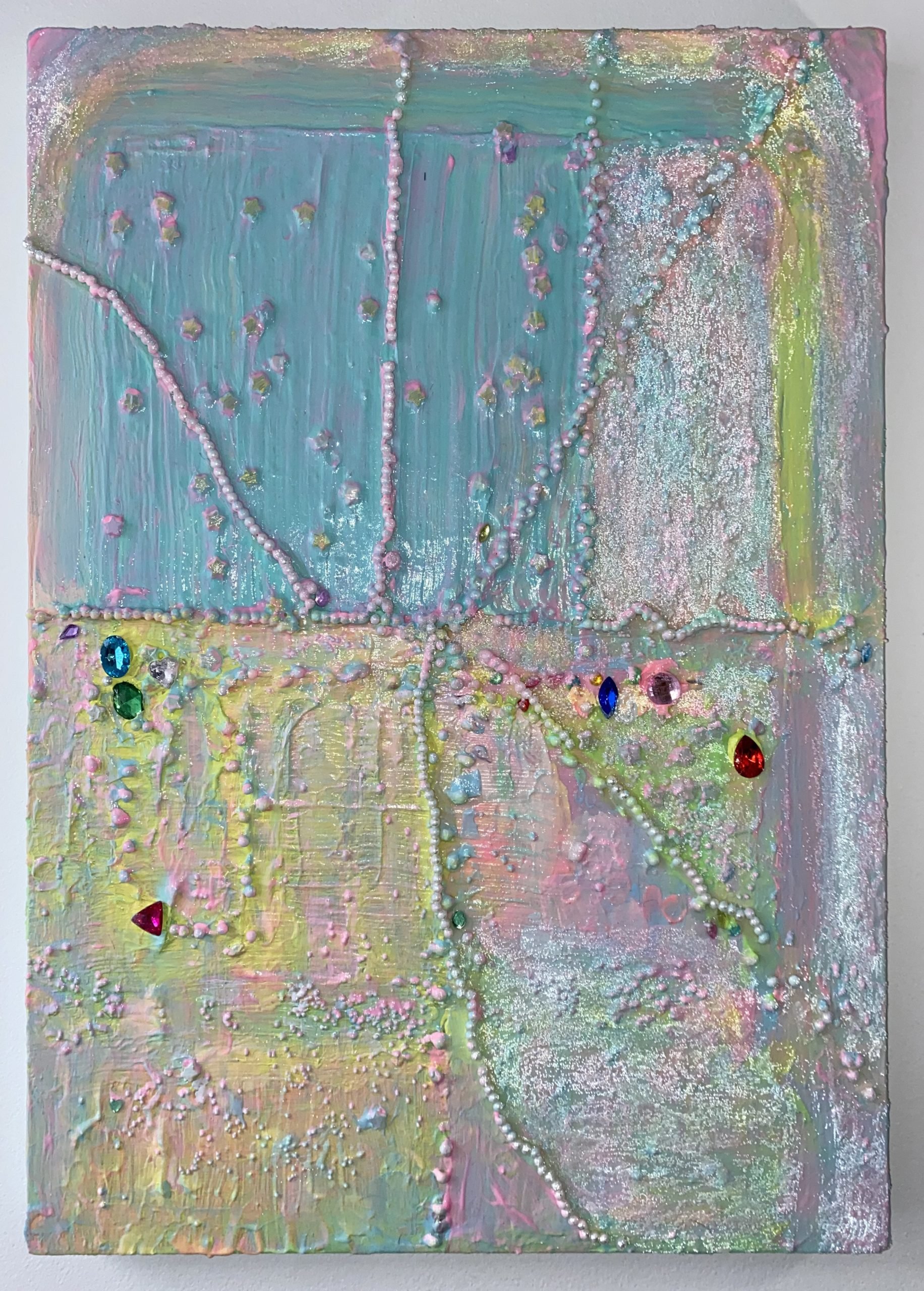
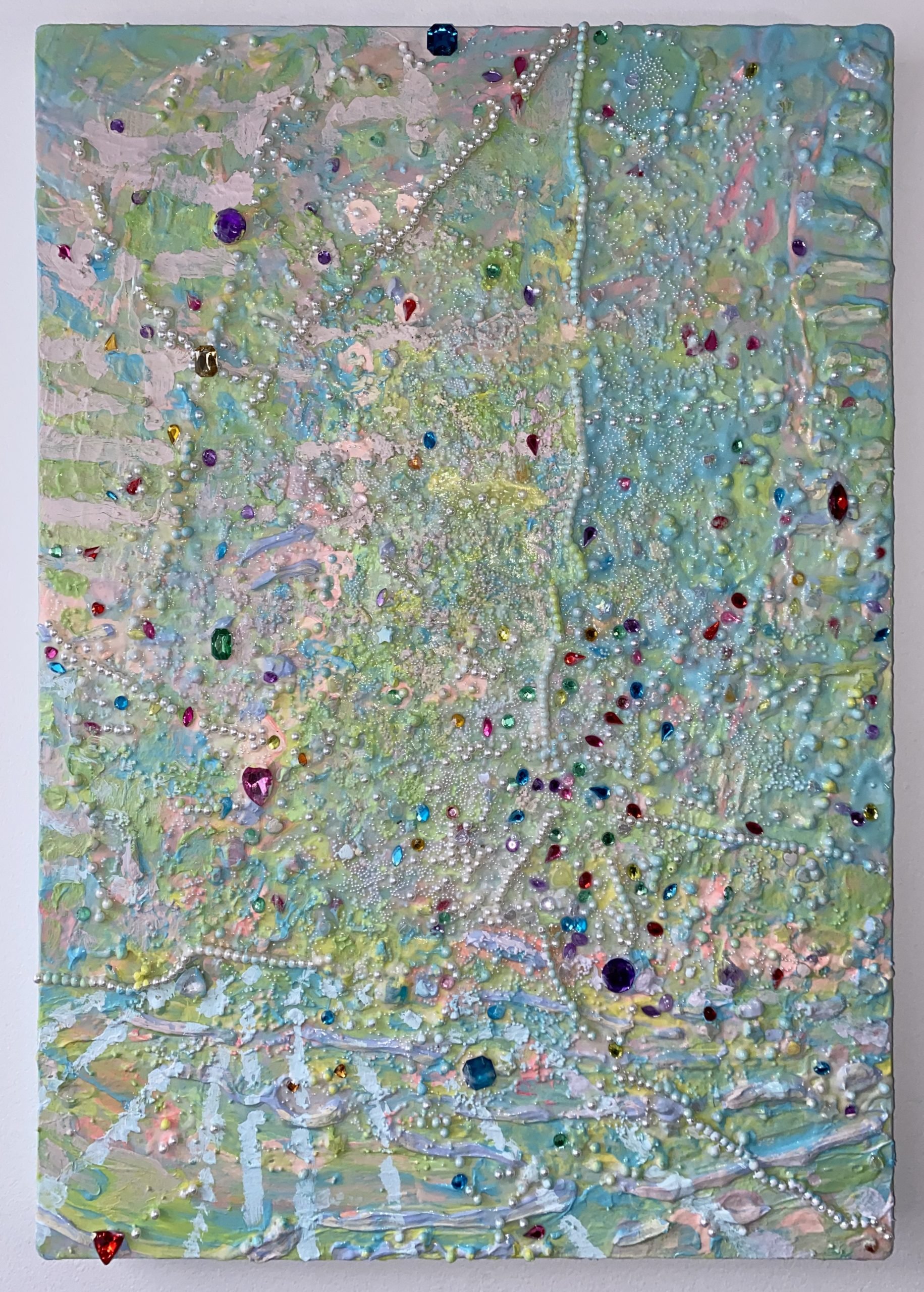
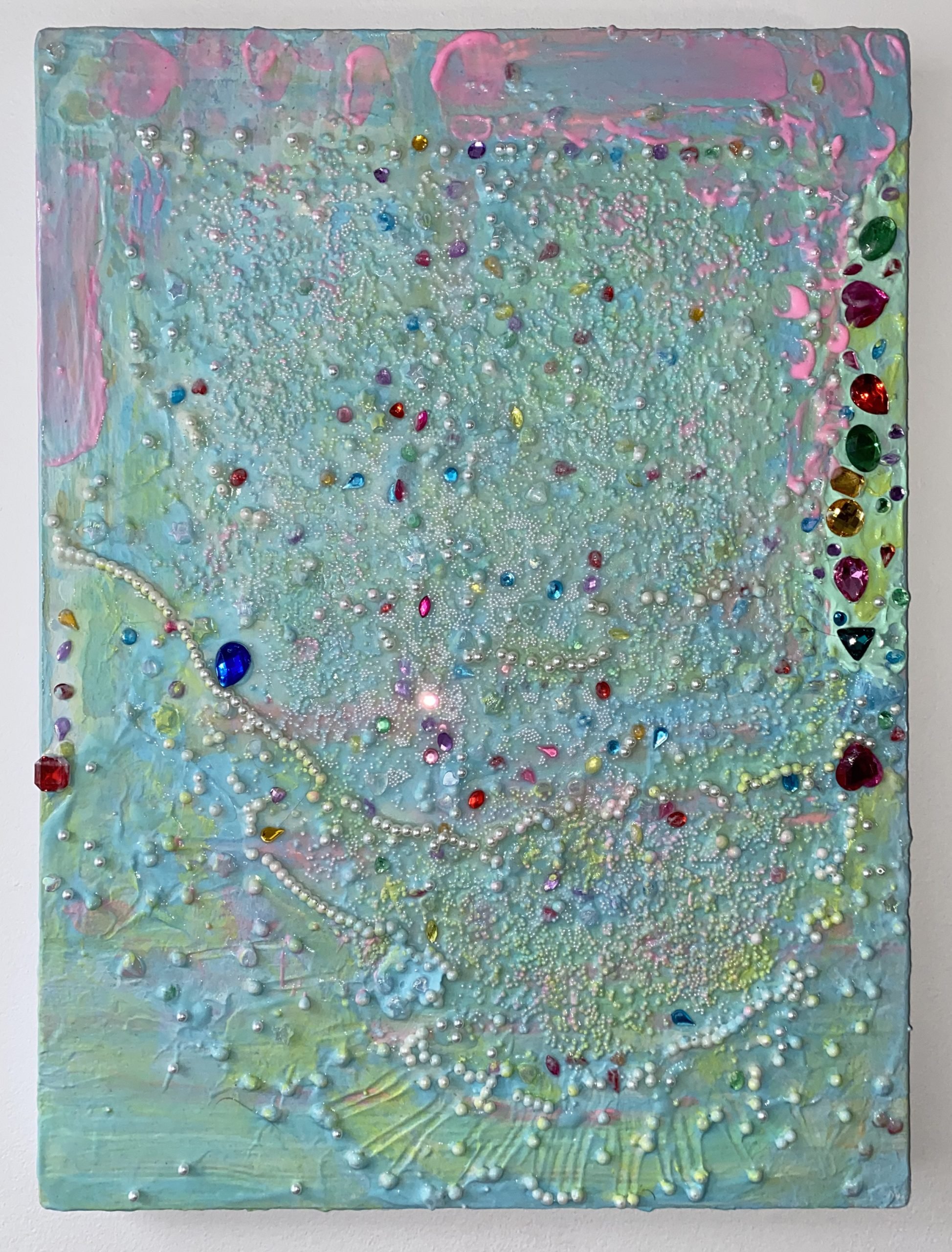
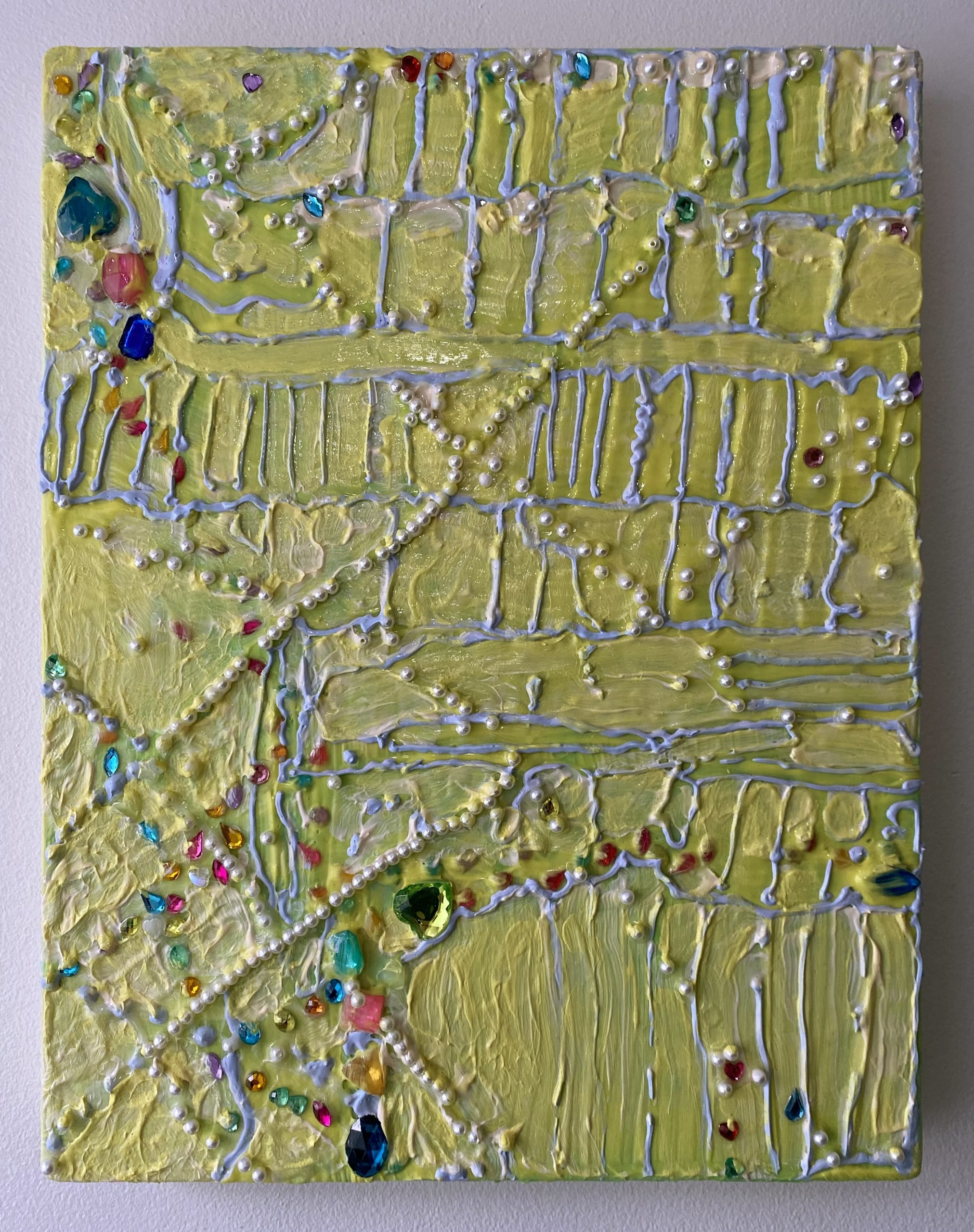
The series is entitled Lares. Architects and designers are in some ways the guardian angels for those who inhabit the places the former construct—health workers, too. In truth, when inhabitants enact aesthetic and ergonomic, architectonic agency over their lifeworlds and rooms, beautiful exercises in buoyancy take place: “uplift”. This is not to trivialize such acts of decoration, adornment: we are doing away with the history of the asylum and prison when adornment is viewed not as an aberration but as a necessity for self-determined life-support systems.
Etymologically, Lares refers to the entities that inhabit lived spaces—”topick gods”—and I wanted paintings that were angels for rooms, in which decorative and ornamental units combine into expansive profound space, virtual and sovereign space. This is what decorating as placemaking is: world-engineering and the manufacture of minimum survival conditions.
The implications are profound when queers, architects, engineers and designers, health workers, and inhabitants meet. New forms of life, new living situations, new world designs are possible when this happens. I thought about rooms in a house and since paintings are said to be windows and objects, why not a room of unguent fluid plastic, luminous pearls and beguiling gems? How can queer inhabitants be empowered to exercise agency not only over the decorative aspects of their homes but also the design, construction, location, management, renewal, and flourishing of these spaces? What collaborations can be leveraged in order to achieve this?
I created a series of paintings in acrylic on cotton sheeting, adorned with false pearls, gems, and other ornaments. The series responds to multiple presentations: Francisco Ibáñez-Carrasco’s The Normal that Never Was, as well as two panel presentations by Celeste Pang (Situating Long-Term Care as a Question of Housing and Homelessness) and Sarah Cooper (Pressure to be Masculine Associated with Poorer Mental Health Among Gay, Bisexual, Trans, Two-Spirit, Queer Men and Non-binary People).
Where Ibáñez-Carrasco discussed the promise of pleasure as a research modality and community-building praxis, Pang offers the concept of agency in long-term care living and the idea of “decoration as placemaking”, as well as the potential future coming-together of inhabitants, designers, architects, and health workers; finally, Cooper analyzed the antagonistic effects of masculinity-pressures on the mental health of queer and trans people. Taken together, the presentations begin to co-articulate a provisional queer decoration politics—like the one José Esteban Muñoz outlines—which led me to conceptualize a series of cosmetic, multicolour pretty-paintings.
Dion Smith-Dokkie
Dion Smith-Dokkie (he, they) is a painter and visual artist currently living in Vancouver on the unceded ancestral homelands of the xʷməθkʷəy̓əm, Skwxwú7mesh, and səl̓ílwətaʔɬ. He is a recent graduate of the UBC MFA in Visual Arts program. Dion also holds degrees from the University of Victoria and Concordia University. His practice hones in on sea foam, skin, screens, clouds and skies, and interfaces of all sorts through the lens of painting, drawing, and video. He grew up in the Peace River region of British Columbia and Alberta and is a member of West Moberly First Nations.
